


We wish we had a magic mirror that could help us pick the better car between the all-new Hyundai Eon and the tried and tested Maruti Suzuki Alto K-10
The Maruti Suzuki Alto has managed to sustain what could be termed as a car manufacturer’s dream run and most of the credit goes to its good value at the puny price, something that no other car model has been able to achieve so far.
The price is so low that it makes profits margins wafer thin. It’s no surprise that we haven’t seen a new car launch in this segment for close to a decade now. At the same time it says a lot about the Alto as it remains the largest selling car across segments for over six years. The launch of the Alto-K10 accelerated the sales further to 1.48 lakh units this financial year! This showed how the Indian car market had evolved as buyers preferred to shell out extra money for the K-10 version over the cheaper Alto 800 and Maruti 800. Indians are read to pay a little extra for a better, feature-rich product.
Betting solely on volume, Hyundai have launched their cheapest car yet – the Eon, an entry-level hatchback tailor-made for India. The advantage the Korean company has over the Alto is that the Eon is a new model with modern styling, good technology and decent equipment.


 Looks
Looks
The Alto was initially developed way back in 1979 in Japan and has been in India for over 11 years now. The model has been upgraded regularly and the current generation Alto has classic car lines lending a solid stance, but it looks like a previous generation design. The Alto K10 has slightly flared front lamps that distinguish it from the smaller engine powered Alto-800. Even though it has a boxy design, it still works for more conservative car buyers and there’s no shortage of them in this segment. To its advantage, the flat side body of the Maruti makes it easy to restore any of the unfortunate dents in the long run.
The Eon, on the other hand, is imposingly fashionable and looks elegant. Hyundai’s Fluidic sculpture design language has been nicely executed even on this entry-level hatchback. Its hexagonal grille and large swept-back headlights look pleasing. In fact, some of the light-catching lines on the side take you by surprise as you would have never expected them to be featured on a car with this comparative price tag. Both cars offer wheel caps, but the ones on the Eon have a smart design that makes it appear like alloy wheels. The fancy crescent shaped tail-lights compliment the Korean design, though the muscular bumper and tiny boot-lid make the Eon look stocky from rear. The overall fit and finish of the Eon is superior with tight shut lines throughout. On the design front, the Hyundai indisputably outshines the Alto, as the Eon has a much stronger essence of pride of ownership.


 Usability
Usability
The Eon is taller than the Alto and, with its wide-opening doors makes getting in or out a lot more convenient than in the Maruti, which has lower seats that make you go through the rigmarole of crunch-squat-and-slide. However, the Alto’s wider seats are more comfortable than the Eon’s, which taper on top and have integrated head-rests.
The Eon has a taller driving position, which is ideal for the city and the large front and rear windscreens improve visibility, comparatively speaking. Meanwhile, the Alto is low on the elbow room and since it is 75 millimetres narrower than the Eon, the driver and front passenger come too close for comfort.
The black-grey dashboard and upholstery of the Maruti Alto is a lot less desirable than the brighter half-beige-half-black treatment seen in the Eon. The layout of the Eon’s integrated centre console looks great, while the chunky knobs feel sturdy to operate. The large dials are easily legible and have a small screen with gear shift indicator to achieve best fuel economy. The plastic appears to be hard-wearing and the quality is impressive.
The Alto gets a new instrument cluster and also a digital fuel-gauge and trip meter. Maruti try hard to catch up with the newly launched Xplore limited edition, which now comes equipped with a double-din stereo with USB and Bluetooth along with leather seats. However, it does not have the finesse neither does it feel as solidly built as the Hyundai. Having said that, it is not bad for the price.


 The Eon scores again with its intelligent design, which carves out a fair amount of storage space. It’s got a decent sized glove-box with another large cavity above for storage. Unlike the Alto, which just has sleek door pockets fit to store maps, the Eon front doors also have bottle holders. Talking about storage, the Alto’s boot seems minuscule, where even a tennis bag is a squeeze. The Eon has a surprisingly large 215-litre luggage space, which has no qualms about accommodating a regular suitcase, and the seats can be folded to make more room, but the tiny boot lid gives a narrow approach and the boot lip is a little high.
The Eon scores again with its intelligent design, which carves out a fair amount of storage space. It’s got a decent sized glove-box with another large cavity above for storage. Unlike the Alto, which just has sleek door pockets fit to store maps, the Eon front doors also have bottle holders. Talking about storage, the Alto’s boot seems minuscule, where even a tennis bag is a squeeze. The Eon has a surprisingly large 215-litre luggage space, which has no qualms about accommodating a regular suitcase, and the seats can be folded to make more room, but the tiny boot lid gives a narrow approach and the boot lip is a little high.
We can ignore the fact that in India even compact cars are used to carry entire households, so cabin space it vital, but unfortunately also a luxury. None of the two cars can comfortably seat more than four adults. The Maruti’s rear seat is low and flat, while the Hyundai’s is higher and more inclined. The Eon also has a 20-mm longer wheelbase and the car boasts of better legroom both in front and rear to fulfil family needs. But, again, the Maruti offers better support, though the Eon has an advantage in headroom and shoulder space. However, its narrow rear window make the cabin feel less airy.
Drive And Ride
The two cars come loaded with frugal three-cylinder motors. The Hyundai’s 814-cc engine has been derived from the i10’s 1.1-litre IRDE engine and though it gets a counter-balance to keep the vibration low, some of it can be felt on the gear-shift lever. The Eon’s SOHC motor gets three valves per cylinder, unlike the Alto’s larger 998-cc mill, which has four valves per cylinder. Both sport five-speed transmissions, where the Eon borrows it from the Santro. Here the Hyundai scores over the Maruti, with its smooth clutch, as the Alto has an abrupt release action, but the Maruti equalises the score with its more accurate gear-shifts compared to Eon’s rubbery shifts.
Though both the cars weigh just over 700 kg, the smaller Hyundai engine with lower power and torque output of 56 PS and 75 Nm dents its power-to-weight ratio. Plus the Eon is sluggish at low speeds and not as eager as the Alto. So, one needs to think about overtaking way in advance. The Eon has adequate power for city commutes, but the Alto K-10 with 68 PS and 90 Nm has more punch. During the 0 to 100 km/h performance test the Eon was four seconds slower than the more fun-to-drive Alto. Both the cars can comfortably cruise at 120 kph, but the Eon loses breath if revved harder, making the Alto the ideal choice for driving enthusiasts. Just tap the Maruti’s throttle and you zip past most city traffic. Interestingly, both of them have an identical average fuel economy of just over 17 kpl.

 The Final Words
The Final Words
This Hyundai is sprung on McPherson strut at the front in combination with a torsion beam axle at the rear. The set-up makes the ride feel slightly stiff at low and medium speeds, but the taller profile (155/70 R13) of the small size wheel helps it in absorbing potholes. But the Alto’s McPherson strut and coil spring gas filled shock-absorbers make the car a little more compliant and its lower height gives it better body control.
Both the cars have an electrically assisted steering with a tight turning radius, making driving and parking them a breeze. The Alto has an advantage as the steering is more direct and natural, while the Eon is more or less accurate, but lacks a self-centring action.
After spending a few days with the two small cars, it’s becoming increasingly difficult to pick a clear winner. Both Maruti and Hyundai have a great network of service stations and dealerships, with a proven track-record of low maintenance and reliable products. The Eon might not have the performance of the Alto, but comes across as an appealing modern car that has a stronger pride of ownership. A feature-rich, no compromise product that one would want to buy. While the Alto is not as swanky or stylish, but has already sold over 18 lakh units in India, which says a lot about the trust people have in the car, but also reduces its uniqueness.
So, if you like to tread the tried and tested path and don’t mind the ageing design, then go for the Alto. But if you don’t mind paying a little extra and want a fresh design with good finish and features, then the Eon is the one.
Photography: Sanjay Raikar






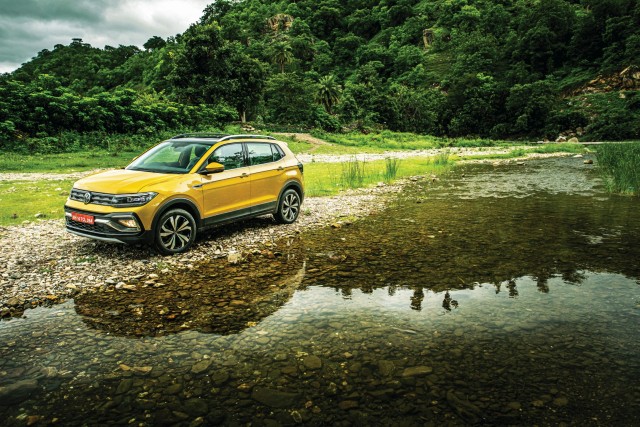
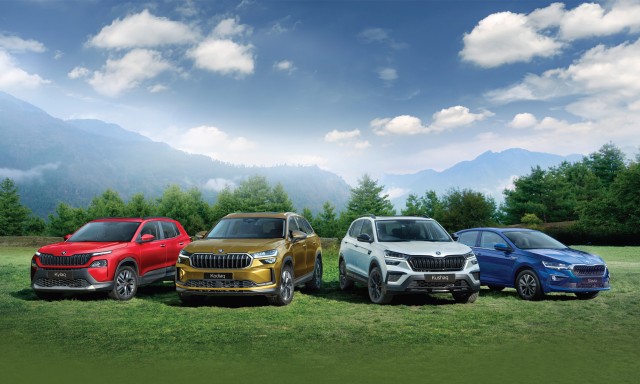

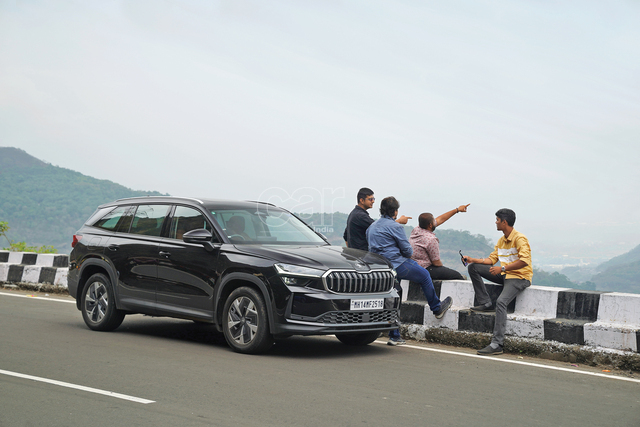


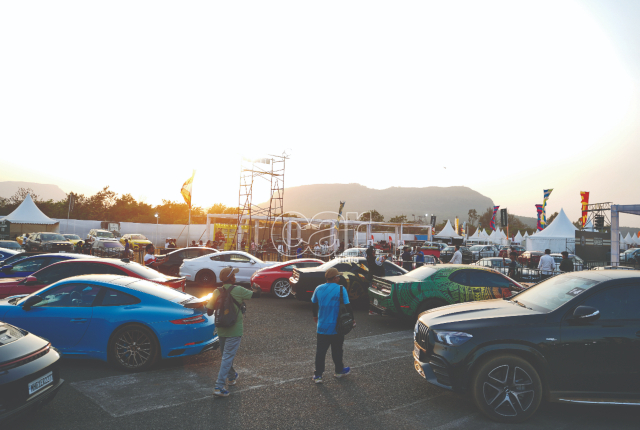
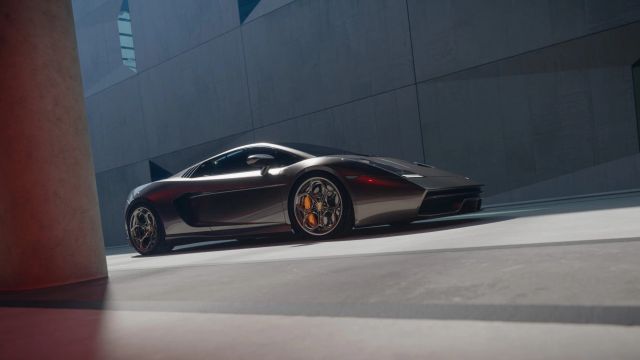
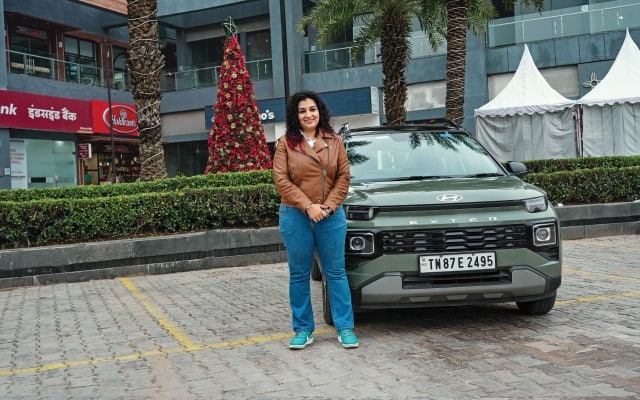
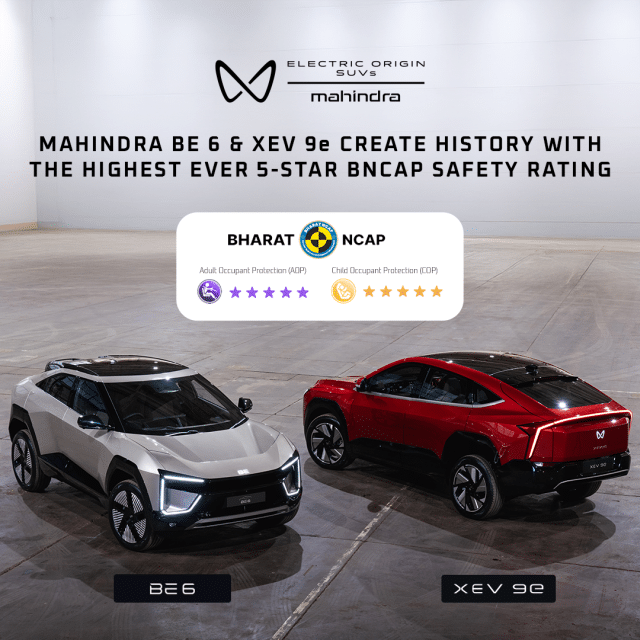
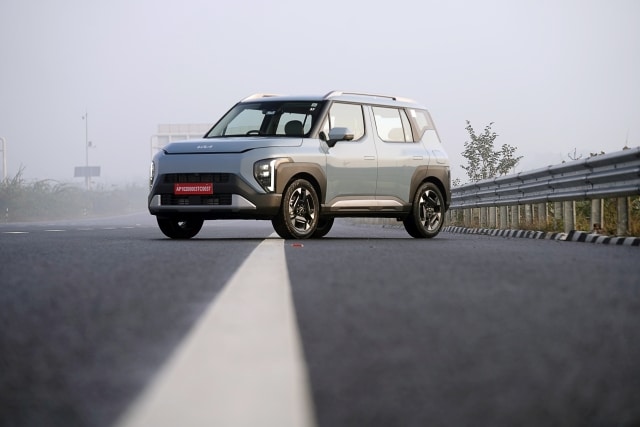




Leave a Reply